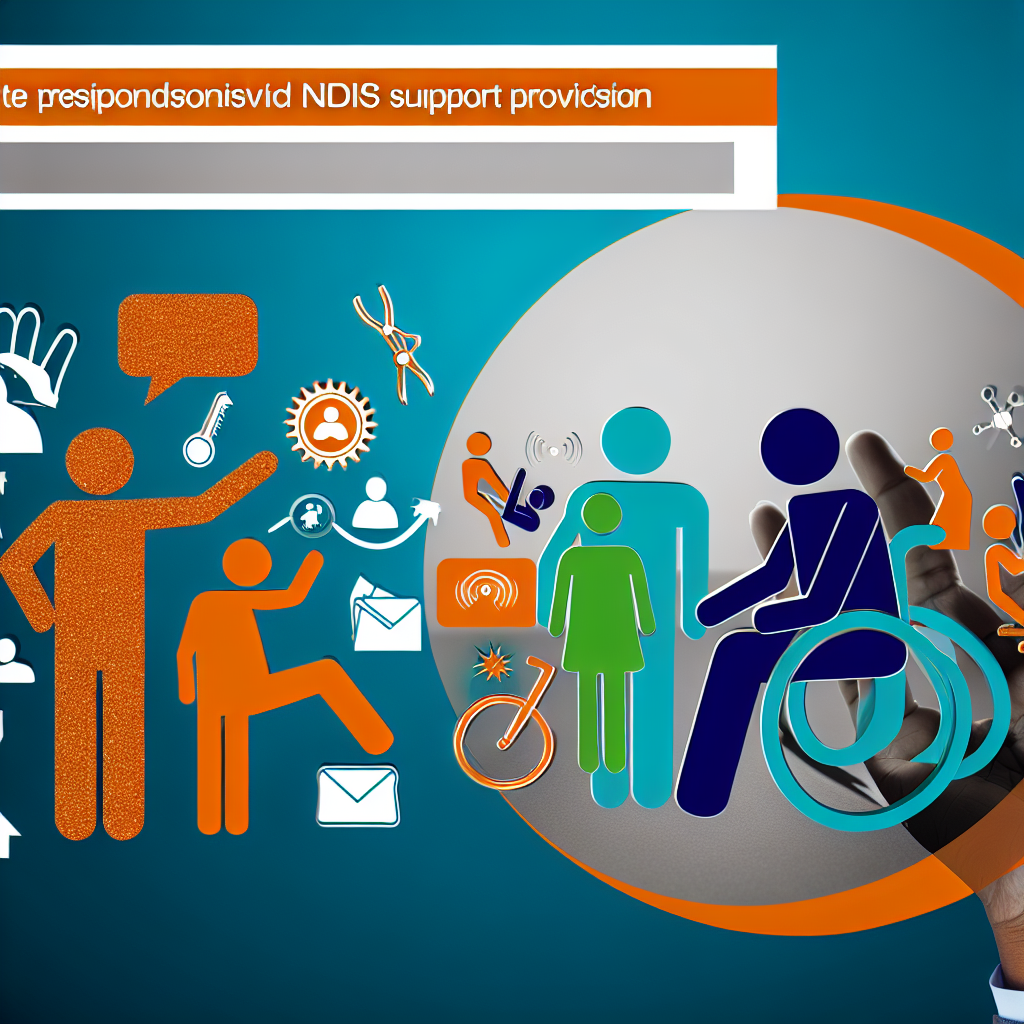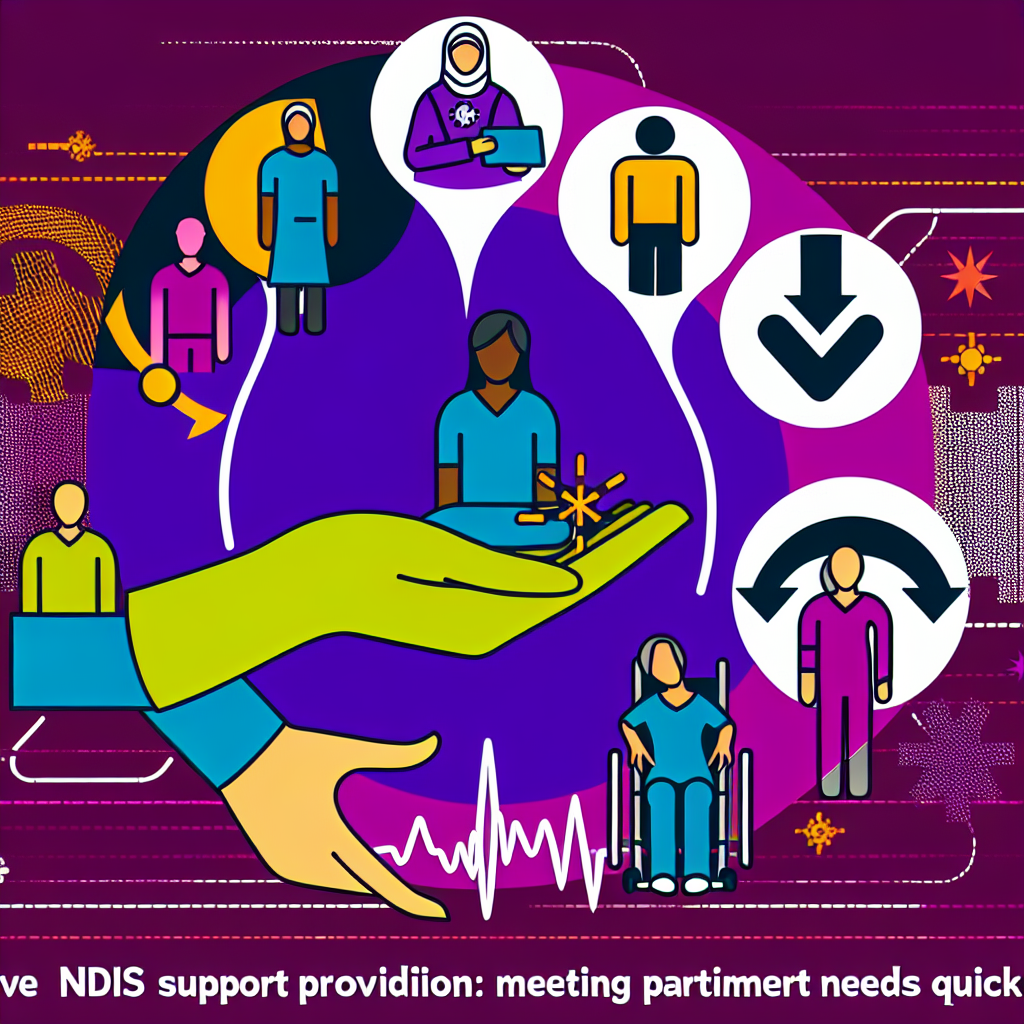The National Disability Insurance Scheme (NDIS) is a crucial component of Australia’s social support framework, aimed at providing individuals with disabilities better access to personalized support. Delving into NDIS participant demographics and trends offers vital insights into how well the program serves diverse populations and where improvements might be needed. This comprehensive blog post will analyze current demographic data and trends, highlight key challenges, and explore how these insights inform the ongoing evolution of the NDIS.
Understanding NDIS Participant Demographics
The NDIS aims to transform the lives of Australians living with disabilities by offering them comprehensive and individualized support. To gauge its effectiveness, it is essential to examine the demographics of NDIS participants. This includes analyzing factors such as age, gender, location, and type of disability.
Age Distribution
The age distribution of NDIS participants reflects a wide range of age groups, with each group presenting unique needs. According to recent statistics, children and young adults make up a significant portion of the participants:
- Under 14 Years: A substantial segment of NDIS participants, particularly due to the support needs related to early childhood intervention and developmental disorders such as autism.
- 15-24 Years: This group often requires support for educational and transitional services as they move towards greater independence.
- 25-64 Years: Adults in this age range often seek employment assistance and support to live independently.
- 65+ Years: Although the NDIS primarily serves those under 65, this group remains relevant for ongoing care and support needs as participants age.
Gender Representation
Gender representation within the NDIS is another critical area of analysis. Historically, the scheme shows a slightly higher number of male participants, especially in younger age categories, possibly due to higher rates of conditions such as autism among males. Efforts to ensure equitable access and support for all genders are ongoing.
Geographical Distribution
Geographical distribution highlights the accessibility of NDIS services in various regions:
- Urban Areas: Participants in metropolitan areas often have better access to services and a wider choice of providers.
- Rural and Remote Areas: These participants may face challenges such as fewer service options and longer wait times, necessitating targeted efforts to improve service delivery.
Types of Disabilities
The types of disabilities represented among NDIS participants are diverse, covering physical, intellectual, sensory, and psychosocial disabilities. A comprehensive understanding of these categories aids in tailoring support services effectively:
- Autism Spectrum Disorder (ASD): This remains one of the most common conditions among participants, influencing the focus and resources needed for early intervention and therapy.
- Intellectual Disability: Participants with intellectual disabilities require customized support for daily living and skill development.
- Physical Disabilities: These participants often need assistance with mobility aids and adapted living environments.
- Psychosocial Disabilities: Growing awareness has led to an increase in support for mental health and well-being needs.
Emerging Trends in NDIS Participation
Keeping pace with trends in NDIS participation is essential for ensuring the scheme’s services align with evolving needs. Several key trends have been identified:
Increased Demand for Support Services
As awareness and understanding of the NDIS grow, there is an increasing demand for services. This surge underscores the need for a responsive and scalable infrastructure to accommodate more participants.
Technological Integration
Advancements in technology are reshaping the disability support landscape. Assistive technology, telehealth services, and online platforms offer enhanced accessibility and personalization for NDIS participants, particularly those in remote areas.
Focus on Early Intervention
There’s a growing emphasis on early intervention, especially in the case of developmental disorders in children. Providing timely support can significantly improve long-term outcomes, reinforcing the importance of this trend.
Cultural Sensitivity and Inclusion
The NDIS is progressively enhancing its focus on cultural sensitivity and inclusion. Tailoring services to accommodate diverse cultural backgrounds is vital for equitable access and positive outcomes across the board.
Conclusion: The Road Ahead for NDIS
Analyzing the demographics and trends of NDIS participants provides valuable insights into the scheme’s current performance and areas for improvement. By catering to the nuanced needs of diverse groups, ensuring equitable access, and integrating emerging technologies, the NDIS can continue evolving to better serve Australians with disabilities. As stakeholders remain committed to these goals, the overarching aim remains clear: to enhance the quality of life and independence of all NDIS participants.




